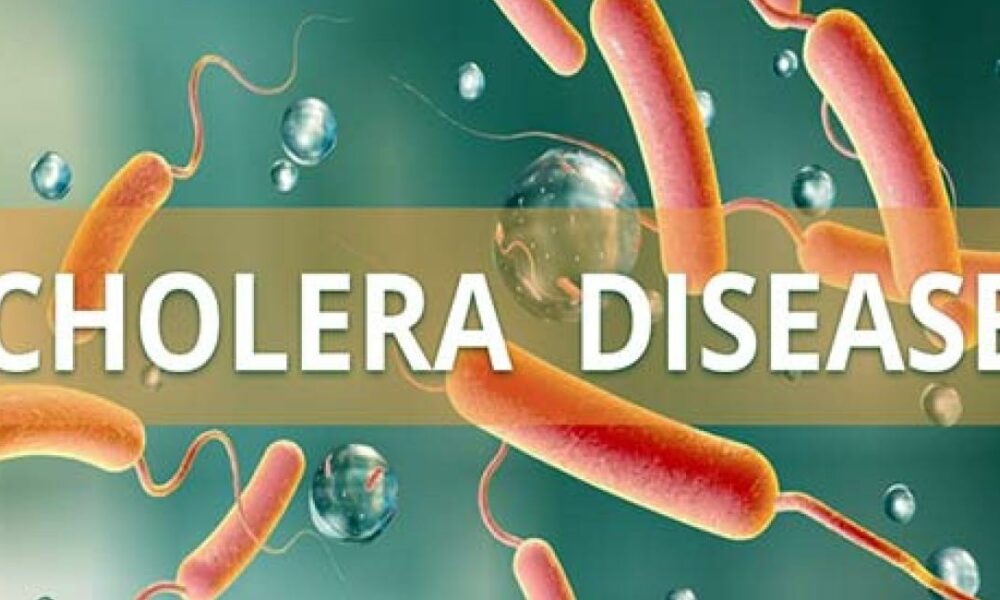From Fred Ezeh, Abuja
Outbreak of Cholera has hit Nigeria, as more cases are being reported different parts of the country as the raining season intensifies.
Nigeria Centre for Disease Control and Prevention (NCDC) in a statement, on Thursday, confirmed the development, thus alerting the public of the increasing trend of cholera cases across the country.
NCDC said that aside an outbreak that was recently reported in Lagos, a total of 1,141 suspected and 65 confirmed cases of cholera with 30 deaths have been reported from 96 LGAs in 30 states between 1st of January and 11th of June, 2024.
It listed the 10 states that contributed 90 per to the burden of cholera to include Bayelsa, Zamfara, Abia, Cross River, Bauchi, Delta, Katsina, Imo, Nasarawa and Lagos States.
Director General of NCDC, Dr. Jide Idris, in the statement, noted that multi-sectoral National Cholera Technical Working Group led by the NCDC and comprising the Federal Ministries of Environment and Water Resources; the National Primary Health Care Development Agency (NPHCDA); the World Health Organization (WHO); United Nations Children’s Fund (UNICEF), and other partners, has been providing support to the affected states.
He explained that the supports are in form of risk communication, active case search, laboratory diagnosis, case management, provision of response commodities, Water Sanitation and Hygiene (WASH) interventions, and dissemination of Cholera awareness jingles in both English and local languages.
Meanwhile, he explained that cholera is a food and water-borne disease, caused by the ingestion of the organism Vibrio
Cholerae in contaminated water and food.
He added: “Water is usually contaminated by the faeces of infected individuals.
“Contamination of drinking water can occur at the source, during transportation, or during storage at home. Food may be contaminated by soiled hands, either during preparation or while eating.Beverages prepared with contaminated water and sold by street vendors, ice, and even commercial bottled water have been implicated as vehicles of transmission, as have cooked vegetables and fruits freshened with untreated wastewater.
“The time between infection and the
appearance of symptoms is two hours to five days. It has a higher risk of transmission in areas that lack adequate sanitation facilities and/or a regular supply of clean water. Unsafe practices such as improper disposal of refuse and open defecation endanger the safety of water used for drinking and personal use.”











